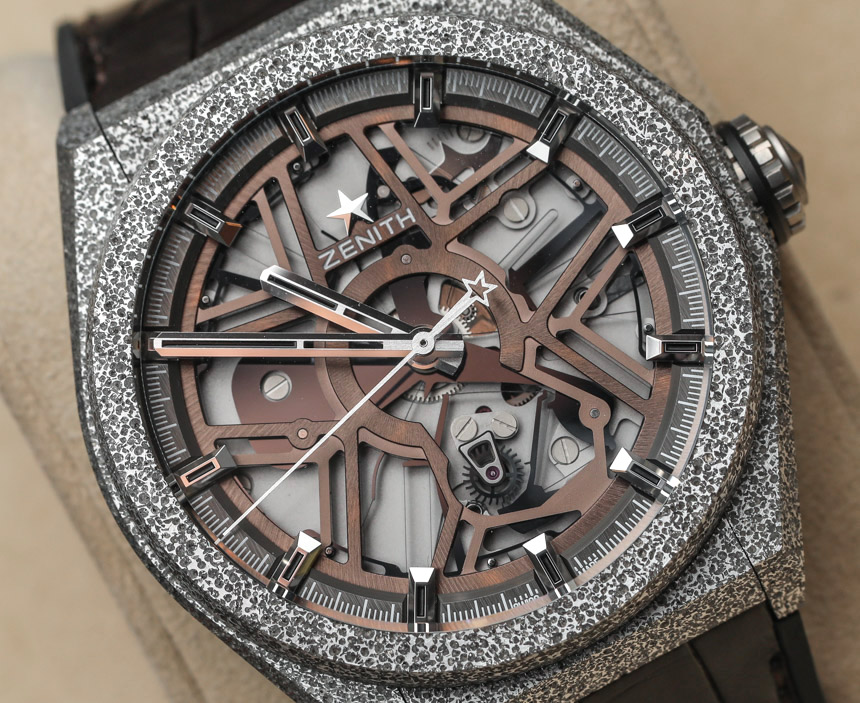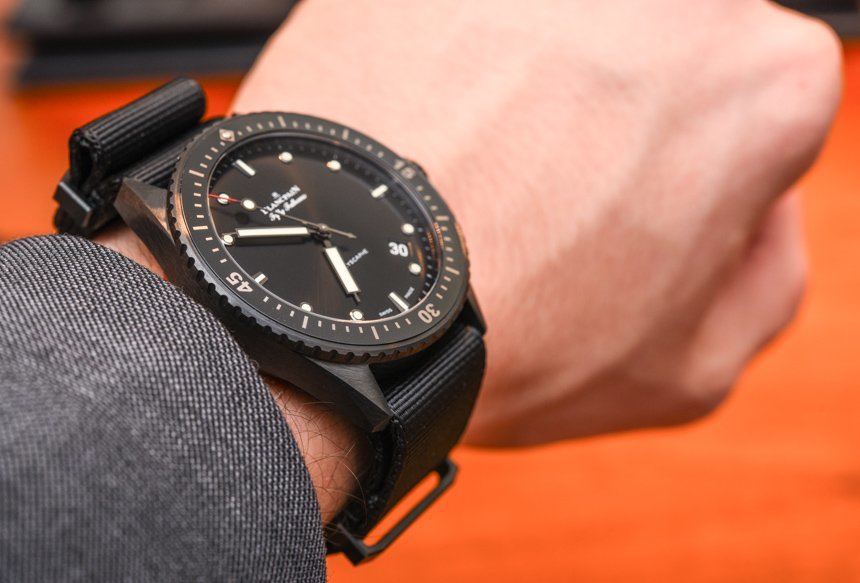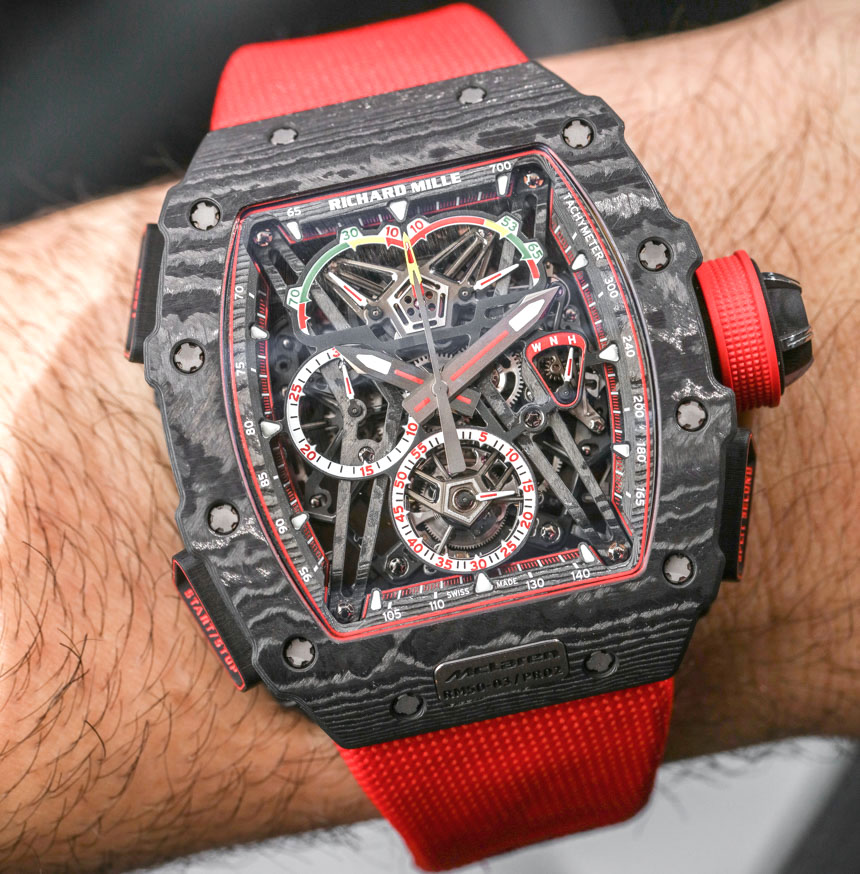Wear-resistant materials aren’t just about a watch looking good for a long time, but also for acting as armor. Resisting wear is just as important as protecting a watch from a fall. No machine has value if it stops working. People are prone to drop or bang around their timepieces more often then they are prone to carefully babying them. Isn’t it nice when you can have the peace of mind to not worry about what shape the watch will be in after an adventure or simply a day at the office? Wear-resistant materials intended to keep a movement safe aren’t always on the outside of a watch, and often are on the inside shielding the movement, or actually part of the movement itself. Thus, I’m always on the lookout for watches that feature or promote wear-resistant materials because I like my purchase investments to look and perform as new for a long time.
Materials & Design Which Evoke Today
Speaking entirely about watches from the perspective of mechanical performance and utility would be a serious betrayal of why people buy them. Stories about watch performance and mechanics are the icing on the cake which actually entice us to buy something. What gets us interested in the first place is visual appeal. So, a focus on how watches look is actually a lot more salient than focusing on what is inside of them. I’ll gladly admit that no matter how interesting I find a watch, I wont wear it unless I really like the overall visual design.
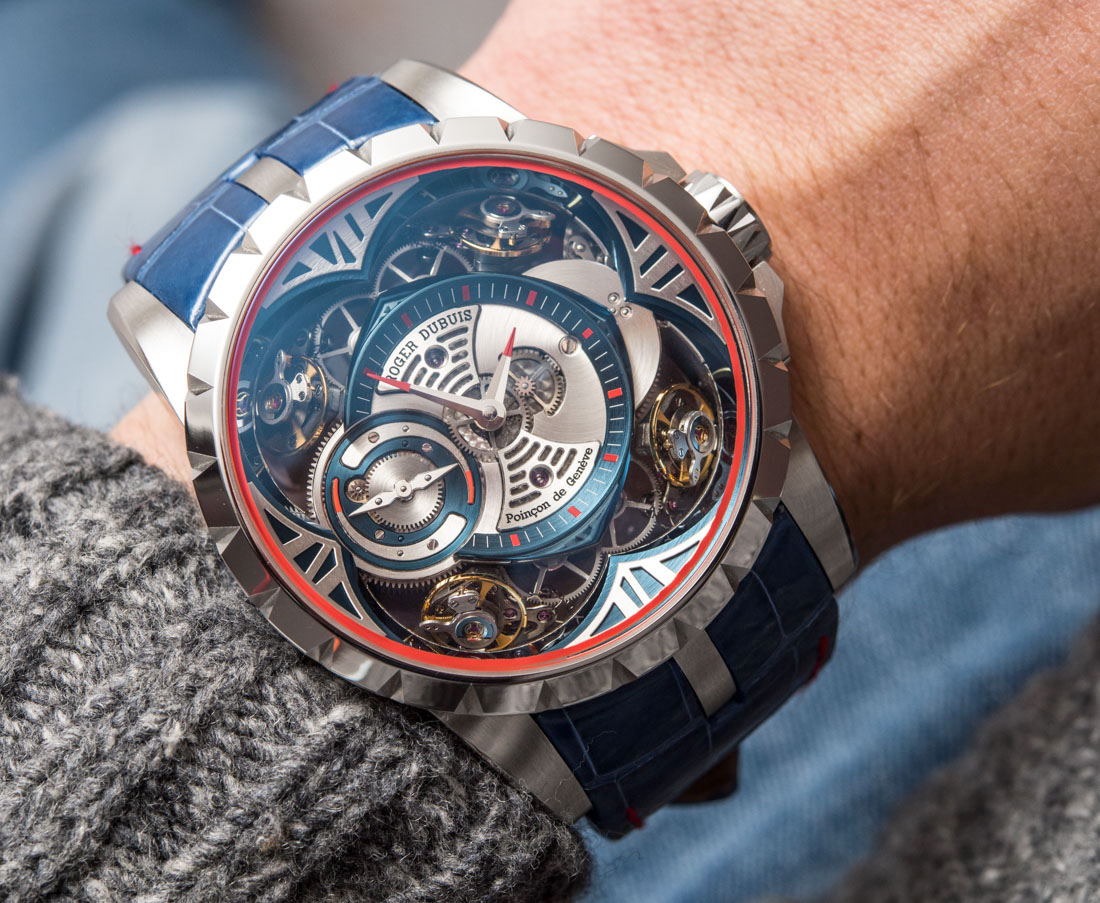
When it comes to aesthetics, I find myself very interested in designs inspired by modern machines. Vintage sport watches that people like so much, are inspired by the boats, planes, cars, etc. of the times when those designs were created. When designers replicate vintage watch aesthetics in contemporary watches, the result can sometimes be positive, and other times seemingly dated. For me the problem is that many watchmakers aren’t able to find relevancy with the things which people see around them every day. People see modern cars, buildings, planes, trucks, motorcycles, and other “engineered” things in their daily lives. When these same items are used as the inspiration for a watch today, I tend to take extra notice. I give the most notice when those designs successfully combine traditional notions of what a watch dial and case should be (i.e. legible and comfortable) with a look that is novel and contemporary.
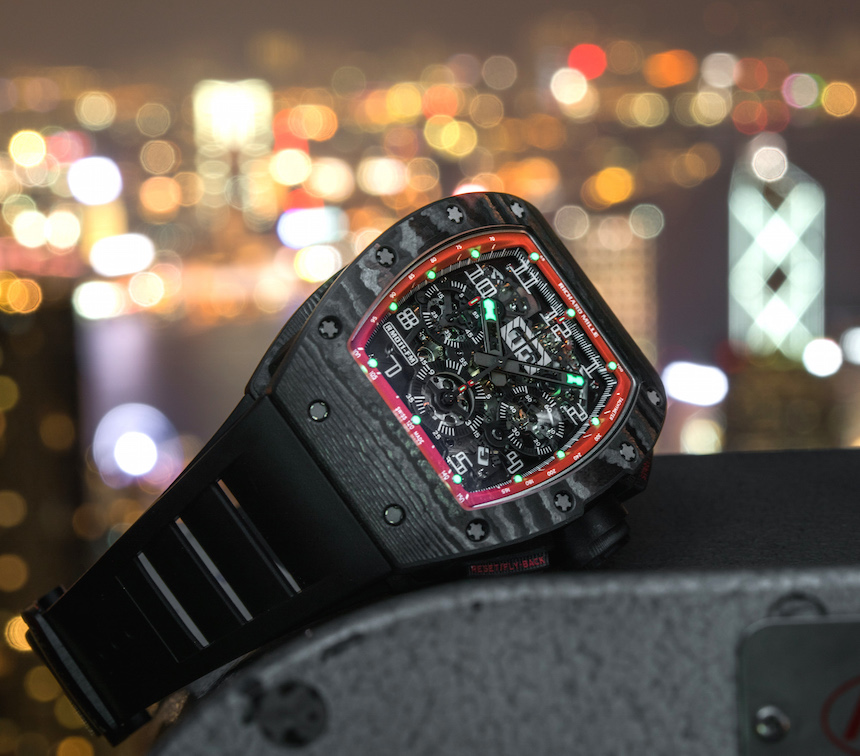
This goes back to a conversation I’ve been having for a few years which is that I want more new watches that truly feel like a product of “now.” In fact, there are many such products today – but again, the majority of them are extremely expensive. Richard Mille is an excellent example of a timepiece with a design evocative of contemporary high-performance machines, and with materials borrowed from those machines. Richard Mille is not, however, (by any stretch of the term) affordably priced. It shouldn’t have to cost so much to make a watch that uses popular materials from high-end engineering assembled into a designer wristwatch that looks like it was born today. Many brands are of course trying to do just that, and the downside is a finicky population of watch collectors.

Here, conservatism gets in the way of novelty in many instances. By this I mean a tendency by many watch collectors to reject new things simply because they appear unfamiliar. I’ve personally had the good fortune to speak with many world-famous product designers who typically have a shared sentiment on the topic of truly new visuals. They tend to agree that most consumers tend to dislike or distrust the appeal of something new. Only after a design sticks around for a while and doesn’t prove temporary or fleeting do conservatively-minded consumers begin to accept them. The irony of course is that time and time again, designs which prove to be seriously enduring classics are given the same level of consumer skepticism and distrust when they are new.
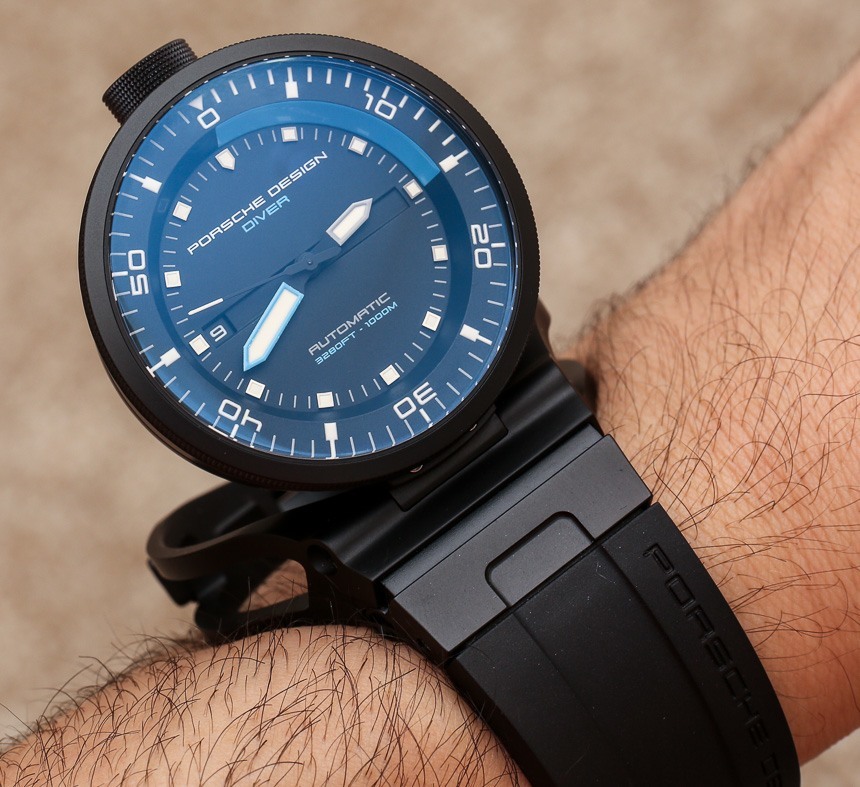
I say all this to encourage collectors to take risks and invest in fresh designs that might at times seem weird. It takes a degree of bravery and confidence to purchase and wear something that at first seems unfamiliar. Compounding that difficulty is the sentiment of the online watch community that contains many people who routinely attack new designs. This can have the effect of cooling interest in others who might otherwise enjoy these original designs. Why I try to ask people when it comes to offering their opinions on taste, is to prevent saying something that would offend someone who likes the design. If a design has technical problems, then by all means discuss them. However, if something is simply not to your taste, there is no need to get angry that such a product was even made. Not everything should or can appeal to everyone. Just as people don’t want to mate with each eligible partner they may see, not all products will appeal to all people. That doesn’t mean you should attack someone else’s sense of taste. There is never any point to arguing taste with a fellow person.
I’m done with my tangent on being more open-minded when it comes to new designs. I will close this section on looking for watches that have contemporary designs and materials by suggesting that these watches help you fully live today, and not live with the assumed nostalgia of yesterday. No doubt, some people will claim that I’m overthinking it, but I do personally find it more rewarding to live in “today” with everything that is part of today – including watch design. I’m concerned about some people who I see as being overly nostalgic, falling into lifestyles where they wear old-style clothing, drive old-style cars, use old-style furniture, and wear old-style watches. I’m not trying to fall into my own trap about commenting on the taste of others, but I do think that such existence to a degree is living in a self-made fantasy cocoon. I’d rather pick and choose from the best stuff of today, rather than similar items made popular by prominent forms of nostalgia.
That wraps up part 1 of this series and look forward to part 2 coming soon.

